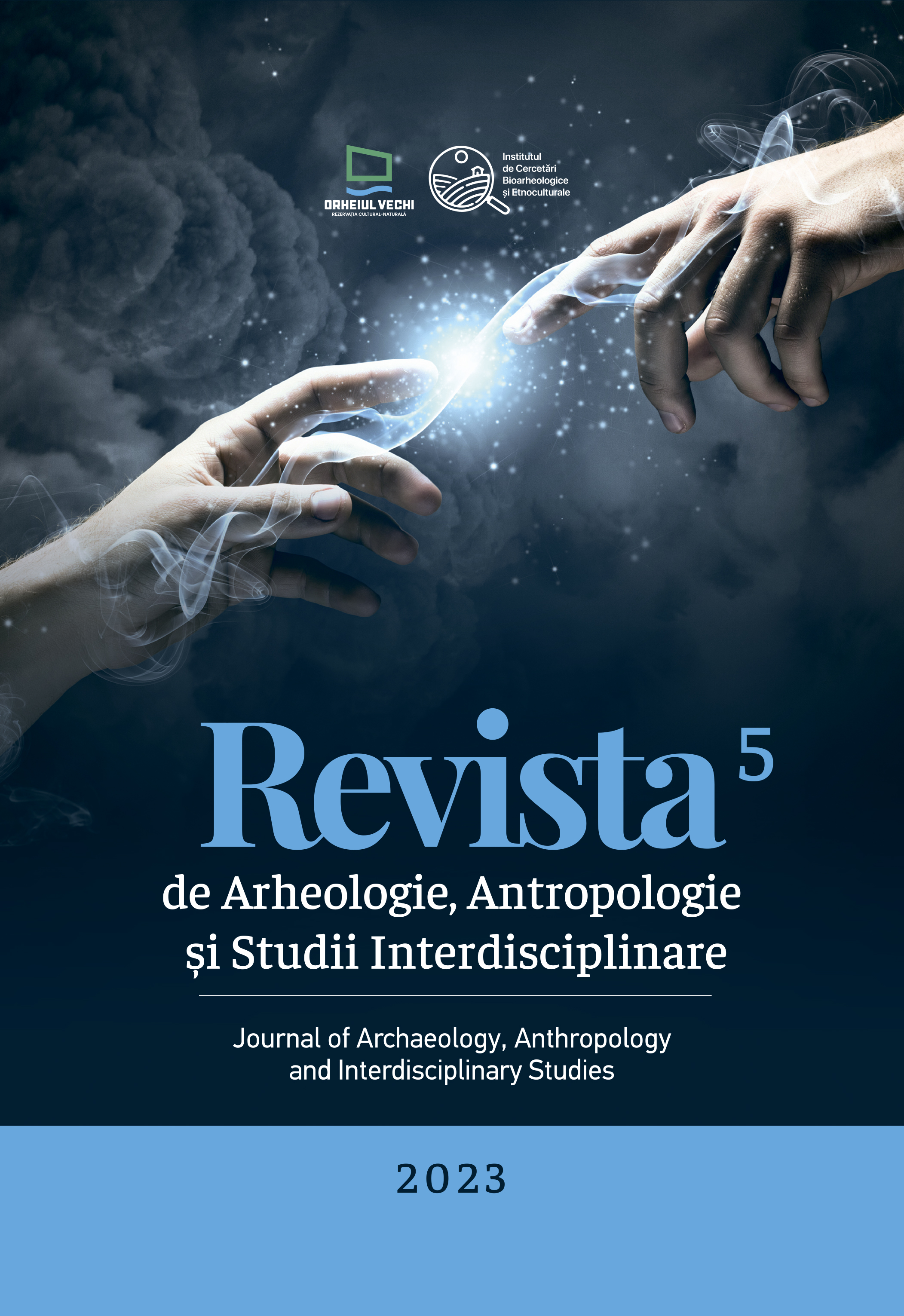Palaeoanthropological note about Buzeyir necropolis (Southeastern Azerbaijan)
Palaeoanthropological note about Buzeyir necropolis (Southeastern Azerbaijan)
Author(s): Dmitriy A. KirichenkoSubject(s): History, Archaeology
Published by: Bons Offices – Casa Editorial-Poligrafică
Keywords: Azerbaijan; Late Bronze – Early Iron Ages; Talysh-Mughan archaeological culture; physical anthropology; paleopathology
Summary/Abstract: Through this note, new palaeoanthropological materials from the southeastern region of Azerbaijan are introduced into scientific circulation. Our aim is to discuss craniological materials from the burials of the Late Bronze – Early Iron Age archaeological culture of Talysh-Mughan (Lerik district, Azerbaijan). The studied skull from Buzeyir necropolis is the single material that represents the population of the Lerik region in this period, which was studied by craniometric data and by palaeopathology. The male skull that we refer to is in a good state of preservation. It was found in a stone chamber in which multiple burials were discovered. The cephalic index is dolichocranic, and belongs to the southern branch of the Caucasian phenotype of the Caspian anthropological type. The male skull (like the female skull from grave No. 3, studied at the end of the last century by the anthropologist R. M. Kasimova) belonged to the autochthonous population of Azerbaijan. The Caspian anthropological type/phenotype was represented in the territory of Azerbaijan in all historical periods, from the Mesolithic to the present day. The so-called “Eagle’s syndrome” was identified, an anomaly that has not been reported so far in craniological material from the territory of the Caucasus. Such cases have only been described in contemporary clinical practice.
Journal: Revista de Arheologie, Antropologie și Studii Interdisciplinare
- Issue Year: 5/2023
- Issue No: 1
- Page Range: 159-165
- Page Count: 7
- Language: English

